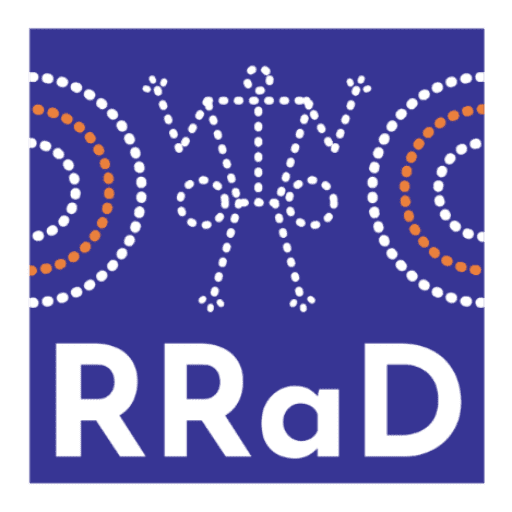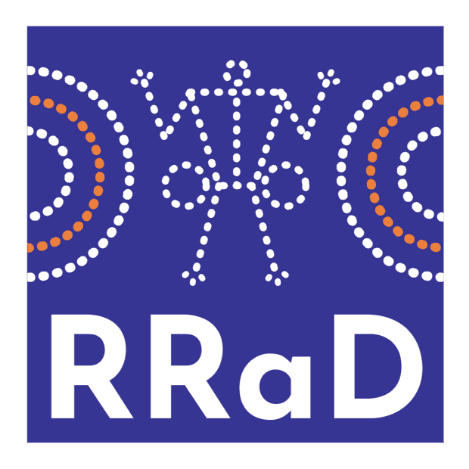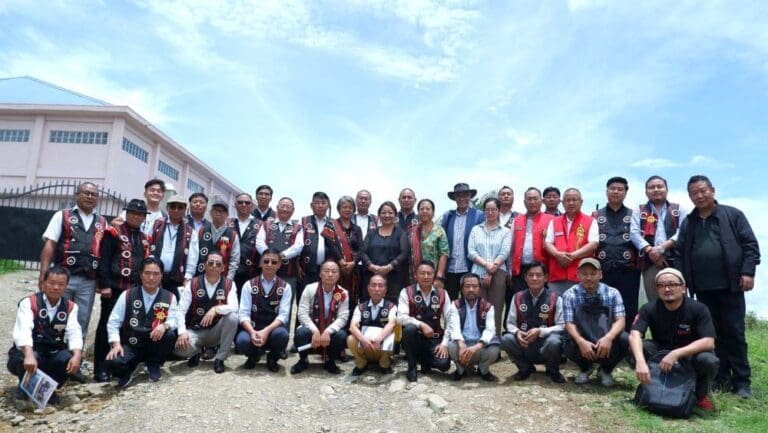A larger question surrounding the repatriation of the Naga ancestral remains housed at the Pitt Rivers Museum concerns the ‘model’ on which Naga repatriation will be built. This begs the question, how will ‘Naga repatriation’ look like? A larger predicament surrounding this is the still existing belief that a decent burial tantamount to rest for the spirit soul. The spirit soul is believed to ‘roam’ restlessly unless it is given a decent final burial.
Such beliefs not only bear witness to the traditional Naga cultural identity and its associated practices, but continue to have a bearing even today on the Naga life-world and which has come to shape the various worldviews. As such, irrespective of whether the identity of a particular ancestral human remain is established or not, recreating ‘Pitt Rivers Museum’ in Nagaland by displaying the human remains may not only provoke the violence associated with Colonialism but defeats the very objective and purpose of the Naga repatriation that is somewhat aimed at reconciliation and giving a proper final closure. At least the word closure implies a final burial.
On the other hand, some may even question the entire time taking, energy and resources sapping exercise of repatriation just to give a final closure by burying the remains. One may also think about the many head trophies adorning the warrior’s house even after the Coming of Christianity. What happened to those head trophies? In our own yard, were those trophies handed back to the relatives, or given a decent burial by them? So why should we provoke feelings and emotions by burying and giving a final closure just to fulfil the associated cultural beliefs and practices. Is that it?
Though associated with a legacy of violence, preserving in museum again even here in the Naga homeland within a ‘Naga model’ – a Naga narrative, may serve as remnants of Naga Colonial history rather than burying and being reduced to a bygone memory and imagination. In the development of Naga Colonial history from the Naga lens, the remnants of the Naga ancestral remains will also further the understanding of the Naga past through research which in turn will provide unique insights about the Naga past. Yet, even within the Naga model narrative, there is danger of trespassing the repatriation objective wherein such a decolonizing framework may find itself cast within a re-colonizing model.
Central to this, is the issue of dignity. What is wrong with exhibiting human remains of the past? Can dignity be applied to the human remains of a subject that no longer is, especially when the living itself needs to fight and claim one’s dignity. Attributing dignity to the dead bodies or a part of the body also requires conceptual clarification beyond cultural beliefs and practices in order to determine whether human remains have any moral status and should be protected or whether the notion of dignity should only be attributed to living persons. While the Universal Declaration of Human Rights lists various Articles in relation to human rights and dignity there is a question that goes beyond this coverage and about which little has been written: the rights of the dead, and thereby overlooks the question of what happens to human beings when they die.
Here in the context of the Naga repatriation, we are dealing not with the ‘present dead’ but a ‘forgotten dead,’ and even though the ‘forgotten dead’ have not been an object of special moral protection, they should very much be included under the ambit of dignity. And simply going by hermeneutics and Archaeology, dignity is justified in the way it provides a particular moral status to human remains. From this point of preserving human rights and dignity beyond the cultural beliefs and practices, to bring a closure to the Naga ancestral remains is, but to bring back and lay it to rest.
Will the giving of a decent burial re-create the ‘coming together’ of a Naga family? Will it serve the purpose of following the cultural beliefs and practices, and putting to rest the restless soul spirit? Will it give a sense of healing to the violent colonial History. Academically, while the Naga ancestral remains housed at Pitt Rivers Museum in England has served as a colonial memory, bringing it back to bury and give a dignified closure will no doubt destroy the original colonial memory which has been a part of Naga Colonial history. It may not probably be seen as a historical distortion or shift, but there is a threshold between preservation and burial with underlying emotions which will be different.
Naga repatriation simply does not end in the ‘act’ of bringing back to our homeland, and more so whether we like it or not, it is not going to put an end to Naga colonial history whether the remains are buried or otherwise. Now, if at all, the final dignified burial outweighs the other alternatives, what then is the way to recast the Naga Repatriation associated with colonial legacy within a Naga model? Can it be a model where Naga Colonial history be ‘re-imagined’ in pictorial form? Or, while Naga History has been a part of students curriculum in the state, a Naga Colonial text from within may be developed to enrich this aspect of history to help undo, unlearn, and re-imagine the past Naga history. Maybe, healing and reconciliation will then follow a natural path.
(Dr. Asangba Tzudir contributes a weekly guest editorial to the Morung Express. Comments can be emailed to asangtz@gmail.com)
First published in The Morung Express December 13 2022
Link: https://morungexpress.com/a-naga-repatriation




